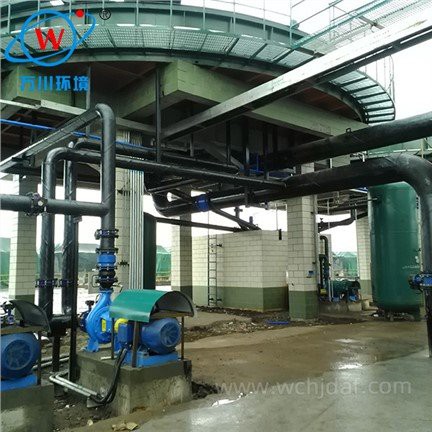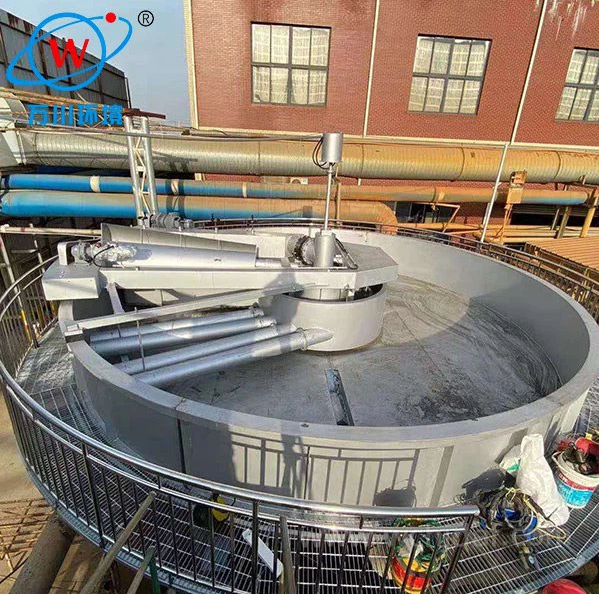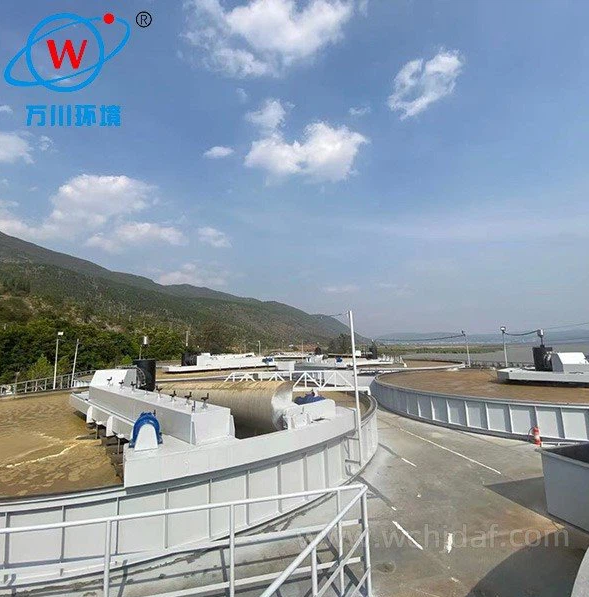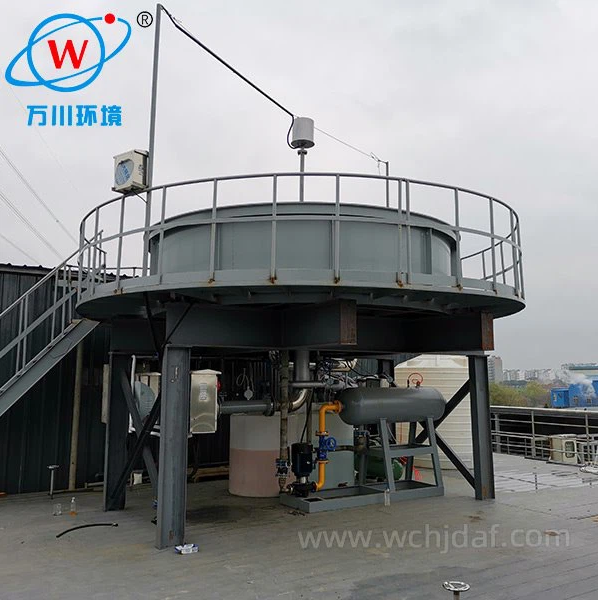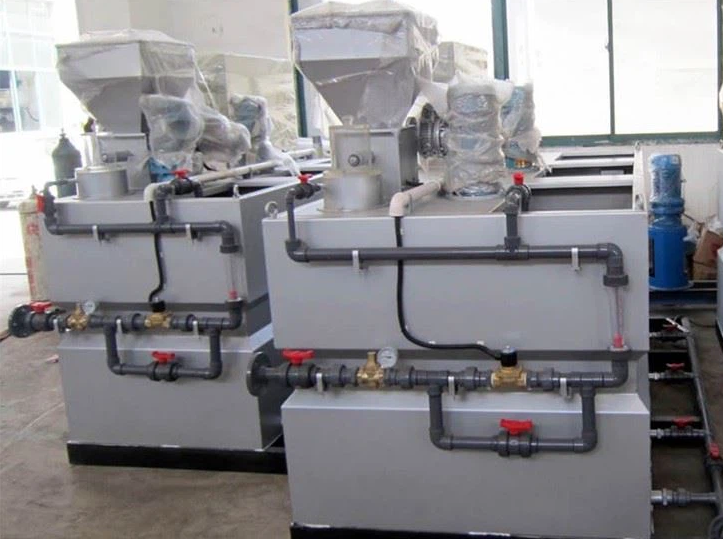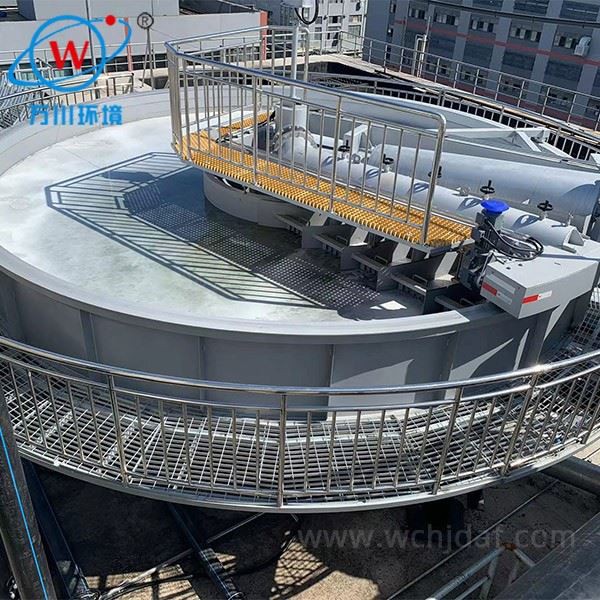Dissolved Air Flotation (DAF) Water Treatment
A widely used process for separating contaminants from water, relying on the integration of air bubbles and physical separation to achieve purification.
Process Overview
Dissolved Air Flotation (DAF) is a water treatment process that clarifies wastewaters by the removal of suspended matter such as oil, solids, or organic materials. The removal is achieved by dissolving air in the water or wastewater under pressure and then releasing the air at atmospheric pressure in a flotation tank basin.
The released air forms tiny bubbles that adhere to the suspended matter, causing the suspended matter to float to the surface of the water where it may then be removed by a skimming device.
Air Dissolution Mechanism
The process begins with the preparation of dissolved air, where air is injected into a portion of treated water (often referred to as recycle water) under high pressure. This high-pressure environment forces air molecules to dissolve into the water, creating a solution saturated with dissolved air.
The pressure is then carefully maintained to ensure the air remains dissolved until it reaches the main treatment tank. Once the dissolved air solution is ready, it is released into the main tank containing the water to be treated.
Bubble Formation & Contaminant Removal
As the solution enters the tank, the pressure drops suddenly. This pressure reduction causes the dissolved air to come out of the solution, forming tiny, evenly distributed air bubbles. These bubbles are typically very small, which gives them a large surface area relative to their volume— a key feature that enhances their ability to interact with contaminants.
When the bubbles come into contact with contaminants, they adhere to the surface, forming buoyant aggregates. The aggregates, made up of bubbles and contaminants, are less dense than water, so they begin to rise slowly to the water's surface.
Key Advantages of DAF
- High efficiency in removing suspended solids, oils, and greases
- Compact design with smaller footprint than sedimentation tanks
- Ability to handle variable flow rates and loadings
- Reduced chemical usage compared to other methods
- Effective for treating industrial and municipal wastewater
- Produces higher quality effluent than conventional methods
- Faster startup and shutdown compared to biological treatments
- Lower sludge production than chemical precipitation
DAF Process Steps
Air Dissolution
Air is dissolved under pressure in recycled water
Pressure Release
Pressurized water is released into flotation tank
Bubble Formation
Microbubbles form as pressure drops
Flotation
Bubbles attach to contaminants and float them
Skimming
Floated sludge is removed from surface

